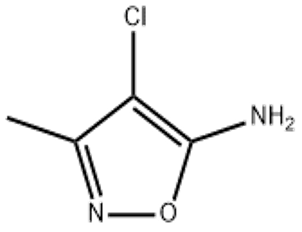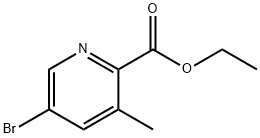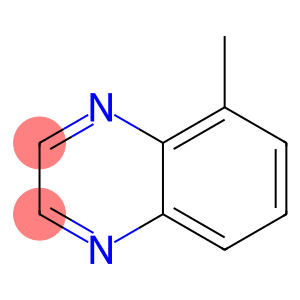N-Boc-N’-Cbz-L-lysine(CAS# 2389-45-9)
| Safety Description | 24/25 – Avoid contact with skin and eyes. |
| WGK Germany | 3 |
| TSCA | Yes |
| HS Code | 2924 29 70 |
Introduction
Amino acid derivatives refer to compounds obtained by modifying or changing the structure of amino acids through chemical reactions or biotransformation. They have the following properties:
Structural diversity: Amino acid derivatives can broaden their application range by increasing the structural diversity of amino acids by changing their functional groups, side chain structures, or synthesizing new amino acids.
Biological activity: Amino acid derivatives are capable of regulating or altering biological processes through specific interactions with proteins or enzymes in living organisms.
Solubility and stability: Amino acid derivatives generally have good water solubility and biological stability, which makes them widely used in biomedical research and pharmaceutical fields.
The main uses of amino acid derivatives include:
Biological activity research: Amino acid derivatives can mimic the structure and function of natural amino acids and are used to study biological activity and mechanism of action.
Amino acid derivatives can be prepared in a variety of ways, including chemical synthesis methods and biotransformation methods. Chemical synthesis methods include steps such as protecting group strategy, functional group conversion, and coupling reaction to construct the backbone and functional group of the target molecule. Biotransformation methods use enzymes or microorganisms to modify or alter amino acids.
Safety Information: Amino acid derivatives are generally considered to be relatively safe compounds. Specific safety needs to be evaluated based on the specific compound structure and use. When manipulating and storing amino acid derivatives, corresponding protective measures need to be taken according to their physicochemical properties. If necessary, it should be operated in a suitable environment to avoid the release of harmful gases and waste. When using amino acid derivatives, relevant regulations and guidelines should also be followed.






![yclohexene 1-[2-(triethylsilyl)ethynyl]-(CAS# 21692-54-6)](https://www.xinchem.com/uploads/yclohexene12triethylsilylethynyl.png)
